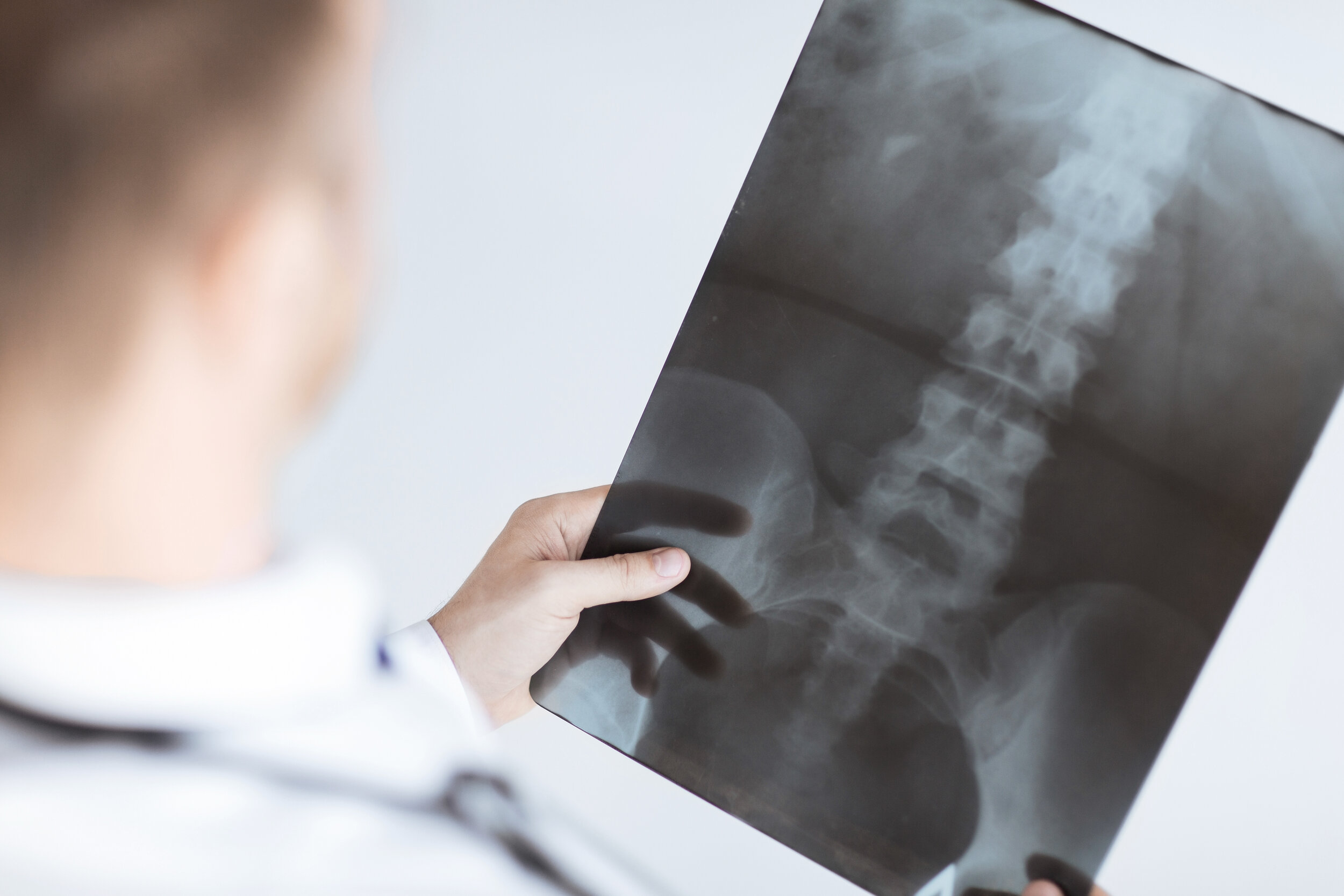Emerging Insight in the Use of an Active Post Discharge Surveillance Program in Spine Surgery: A Retrospective Pilot Study
World Neurosurg . 2020 Jul;139:e237-e244. doi: 10.1016/j.wneu.2020.03.185. Epub 2020 Apr 14.
Alexander von Glinsk, Basem Ishak, Christopher J Elia, Ryan Goodmanson, Clifford Pierre, Daniel C Norvell, Darius Ansari, Polly Brune, Rod J Oskouian, Jens R Chapman
Abstract
Background: With smartphones being present in everyday life, we have witnessed an increasing use of applications designed for mobile communication devices that are aimed at facilitating patient engagement in different medical arenas. Such applications are meant to improve communications with patients and ultimately improve patient care. The aim of this study was to report on our early experiences using Active Post Discharge Surveillance (APDS) relative to invasiveness of the spine surgery and patient age and gender.
Methods: A retrospective chart review was performed including all patients who volunteered to use application-based APDS between September 1, 2017, and September 30, 2018. The primary outcome was the number of APDS uses. Secondary outcomes were inquiries that led to a change of treatment or induced a readmission and patient satisfaction. Regression analysis was performed regarding the influence of invasiveness, age, and gender on the incidence of APDS use.
Results: The average number of individual APDS communications was 3.6 with no difference between degrees of severity of invasive surgery, age, or gender. APDS inquiries induced unexpected readmissions in 4 patients (66.6% of all readmissions) and postoperative treatment regimen changes in 4 other patients. Thirty-three patients (86.8%) reported being satisfied with APDS usage.
Conclusions: This is the first study to investigate use of interactive APDS in patients undergoing elective spine surgery. Our data suggest that patient age, gender, or invasiveness of surgery is not associated with the usage of APDS.
Keywords: Active Post Discharge Surveillance; Apps; Mobile applications; Smartphone.
Copyright © 2020 Elsevier Inc. All rights reserved.



